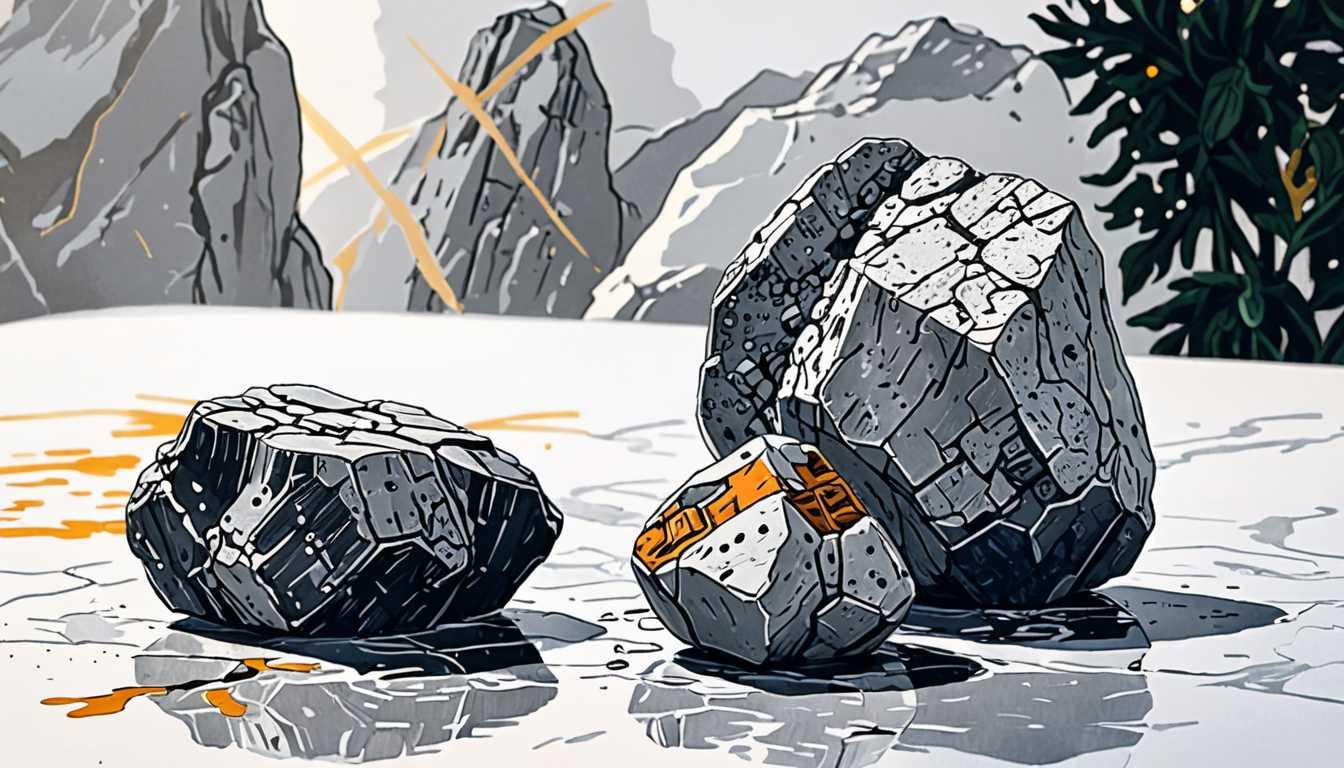Unraveling Mars: Where Did the Atmosphere Go?
October 2024
MIT News
Introduction
Hey, future space explorers! Did you know Mars used to be a watery wonderland? MIT News reveals that geologists believe much of its lost atmosphere might be trapped in clay. Imagine carbon dioxide getting cozy in the Martian soil! This fascinating study dives into how these clays could hold the key to understanding Mars' climate history—and even fuel future missions. So, grab your astronaut snacks and get ready to uncover the Red Planet’s secrets!
READ FULL ARTICLEWhy It Matters
Discover how this topic shapes your world and future
Unraveling the Mysteries of Mars' Atmosphere
Mars, often referred to as the Red Planet, has intrigued scientists and space enthusiasts alike for centuries. Understanding its atmosphere and how it changed over billions of years is not just a puzzle for researchers, it has vast implications for the future of space exploration and even the possibility of life beyond Earth. The fascinating idea that the lost atmosphere of Mars might be trapped in its clay-covered crust opens avenues for future missions, potentially allowing us to utilize Martian resources. Imagine a day when astronauts could use methane stored in Martian clay to fuel their spacecraft! As you learn more about Mars, you might find connections between your own life and the resilience needed in the face of challenges—much like Mars has faced over its long history.
Speak like a Scholar
Atmosphere
The layer of gases surrounding a planet, which can affect its climate and potential for life.
Sequester
To isolate or store something, such as carbon dioxide being stored in clay on Mars.
Olivine
A type of mineral that is rich in iron and often found in the crust of rocky planets like Mars.
Smectite
A type of clay mineral that can trap gases like carbon dioxide and methane for long periods.
Lithosphere
The rigid outer layer of a planet, including its crust and upper mantle, which plays a role in geological processes.
Geochemical
Relating to the chemical processes and substances that occur in the Earth’s crust and atmosphere, and how they interact with one another.
Independent Research Ideas
The Role of Clay on Earth and Mars
Investigate how clay minerals like smectite behave chemically on Earth compared to Mars. This could reveal insights into planetary geology and the potential for resource utilization on other planets.
Historical Atmospheres of Other Planets
Research the atmospheric changes of different planets in our solar system. Understanding these changes can help us predict the future of Earth's atmosphere and climate.
The Connection Between Water and Life
Explore the relationship between water, climate, and the possibility of life on Mars. What does the presence of ancient water suggest about the potential for life on the planet?
Methane as an Energy Source
Examine the possibility of using methane, whether on Earth or Mars, as a sustainable energy source. How could this influence future energy solutions?
The Impact of Tectonic Activity on Planetary Evolution
Investigate how tectonic processes shape the evolution of a planet’s atmosphere and surface. What parallels can we draw between Earth and Mars in this context?
Related Articles

Journey to Earth's Fiery Heart
June 2023
Smithsonian Magazine

Zinc: The Cosmic Ingredient for Life!
October 2024
U of Cambridge Research

Glaciers: The Hidden Forces of Ice!
May 2024
MIT News

Enceladus: Unveiling Cosmic Secrets
April 2024
California Institute of Technology

Fungi Feast on Stubborn Plastic
April 2023
Phys Org